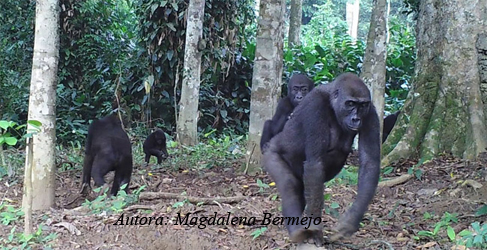Although previous studies have addressed the question of why large brains evolved, the understanding of potential beneficial or detrimental effects of enlarged brain size is limited here in the face of current threats. Using novel phylogenetic path analysis, how brain size directly and indirectly influences vulnerability to extinction across 474 mammalian species was evaluated. It was found that larger brains, controlling for body size, indirectly increase vulnerability to extinction by extending the gestation period, increasing weaning age, and limiting litter sizes. However, no evidence was found of direct, beneficial or detrimental, effects of brain size on vulnerability to extinction, even when the different types of threats that lead to vulnerability were explicitly considered. Order-specific analyses revealed qualitatively similar patterns for Carnivora and Artiodactyla. Interestingly, for Primates, larger brain size was directly (and indirectly) associated with increased vulnerability to extinction. Results indicate that under current conditions the constraints on life-history imposed by large brains outweigh the potential benefits, undermining the resilience of the studied mammals. Contrary to the selective forces that have favoured increased brain size throughout evolutionary history, at present, larger brains have become a burden for mammals. informacion[at]ebd.csic.es: Alejandro Gonzalez-Voyer et al (2016) Larger brain size indirectly increases vulnerability to extinction in mammals. Evolution DOI: 10.1111/evo.12943
http://onlinelibrary.wiley.com/doi/10.1111/evo.12943/abstract

 Las altas temperaturas están provocando que las lagunas y las marismas de Doñana pierdan agua rápidamente
Las altas temperaturas están provocando que las lagunas y las marismas de Doñana pierdan agua rápidamente




